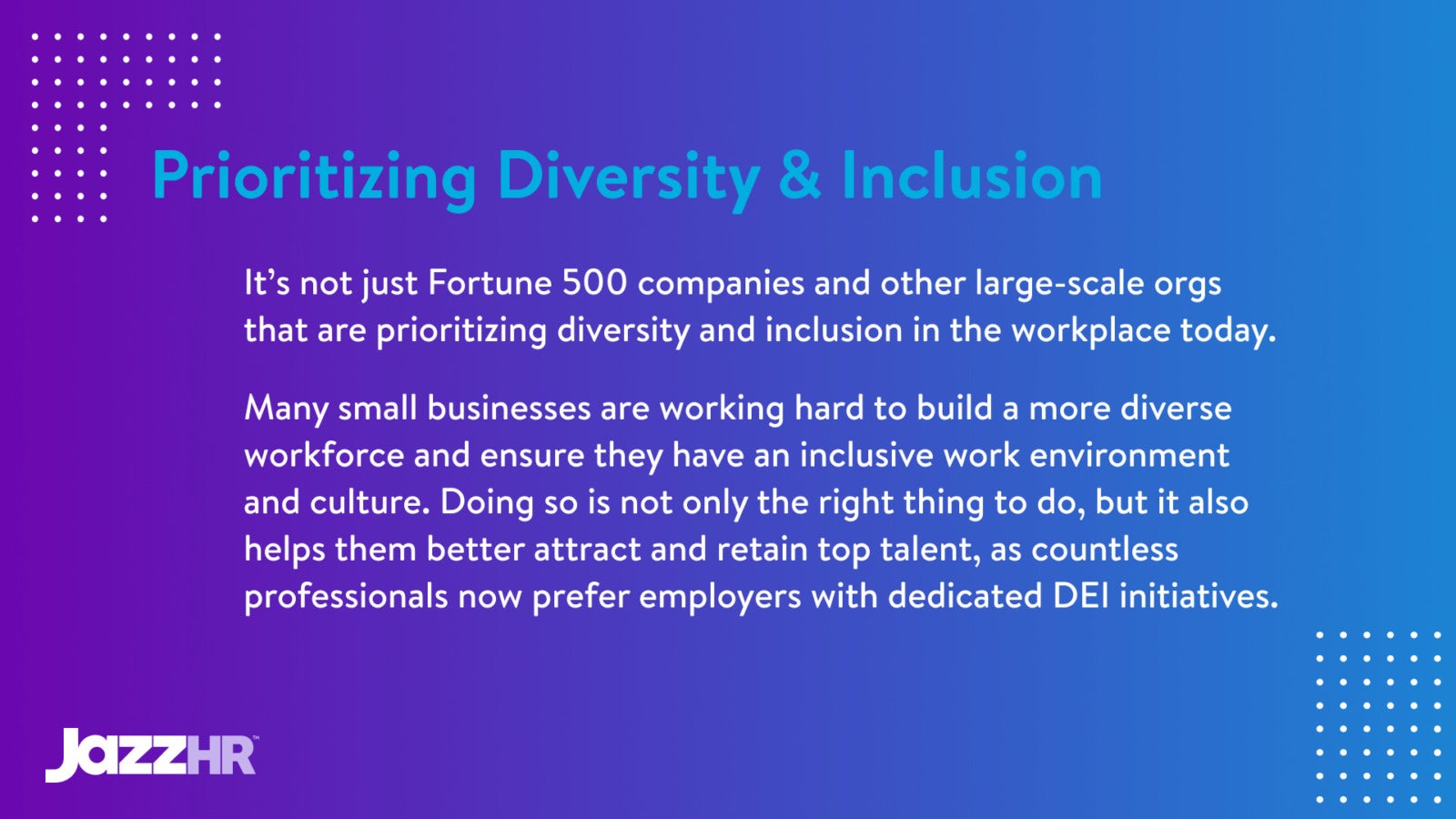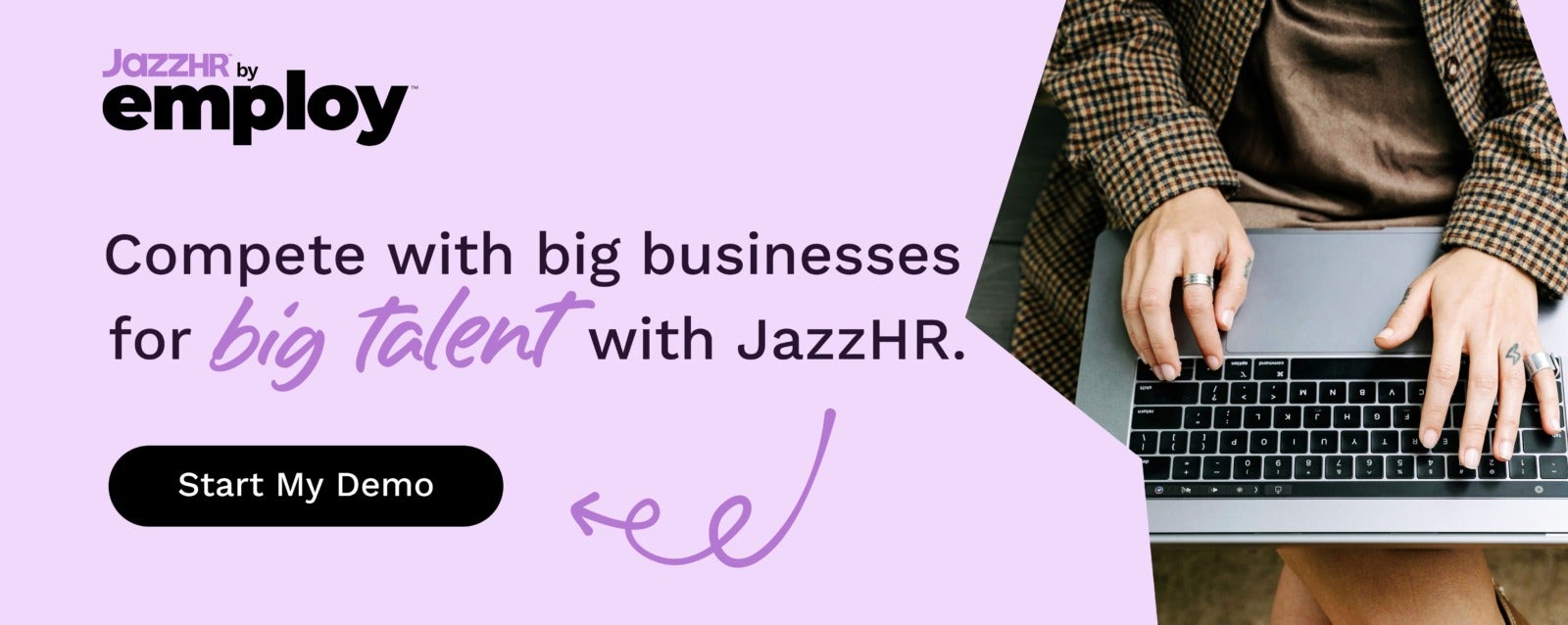Many companies today believe they are being diverse in their recruiting efforts. Though diversity has finally reached the forefront of workplace discussions, a truly inclusive workplace is still hard to come by.
That’s because it’s no longer just about meeting quotas and adhering to compliance, as Forbes contributor Susan Galer of SAP Global Communications reported.
- Today, it’s about representation, respect and recognition.
Workplace diversity means equality for all, not just in salaries and promotions. Consider also that employees want to feel seen and heard through company culture. Across all industries, there are a few companies truly emulating what it means to embrace and celebrate diversity in the workplace.
Consider the following companies leading the way.
EY
Last year, professional services firm EY earned the No. 1 spot on the 2017 DiversityInc Top 50 Companies for Diversity list, ranking among the top 10 for the past eight years. The company outperforms for women in leadership roles:
- Females comprise senior-level positions at a rate of 11.1% more than the other top 50 companies and 44.7% more than the S&P 500. All in all, EY has proven successful in promoting females into management positions.
Among its most notable achievements is the company’s culture of embracing difficult conversations, DiversityInc explained. EY is known for supporting discussions on race and even political marches and protests taking place across the country.
What’s more, it became the first company in its industry to make the parental leave policy equal for both men and women. All parents are now eligible for up to four months of paid leave. This includes not just birth, but adoption and foster care as well.
Johnson & Johnson
In 2016, Business Insider ranked Johnson & Johnson as the No. 1 most inclusive and diverse U.S. organization. First establishing a program that ensured diversity among suppliers in 1998, the company has consistently surpassed its targets.
The organization earned a 79.75% D&I index, the Diversity and Inclusion index produced by Reuters.
On the company website, its promise to all employees is clear: “Inclusion at Johnson & Johnson is about creating a deep sense of belonging. It’s about a culture where you are valued, your ideas are heard and you advance this culture for everyone.”
The company has launched J&J Diversity University to provide the tools employees need to promote differences and the collaboration of various voices. Johnson & Johnson has received recognition from its efforts from DiversityInc, Latina Style Magazine, Working Mother and the National Association for Female Executives.
Clorox
Ranked among the top three “Best Places for Women & Diverse Managers to Work” by Diversity MBA, the Clorox Company has excelled at celebrating differences.
Through the creation of Employee Resource Groups, known as ERGs, that collaborate on the business side of things, the company developed its first-ever LGBT-targeted product. The development of the Burt’s Bees Rainbow Pride lip balm packs occurred in large part thanks to the Pride ERG.
The Asian and Latino ERGs helped push for the acquisition of brands Soy Vay and Nueva Cocina. Ultimately, this helped reach a wider and more diverse population.
Hyatt Hotels
According to Fortune, this hotel group was ranked the second best U.S. workplace for diversity. The numbers match the feelings of respect and positivity that lead to the inclusion felt by employees.
Data revealed that minorities make up 65% of the general workforce and 10% of executive positions. Additionally, women comprise more than half of all employment positions and 24% of leadership roles.
The common thread among each of these companies is their transparency and true commitment to further their diversity efforts. Consider what advances you can make in your own org to bring about change.






